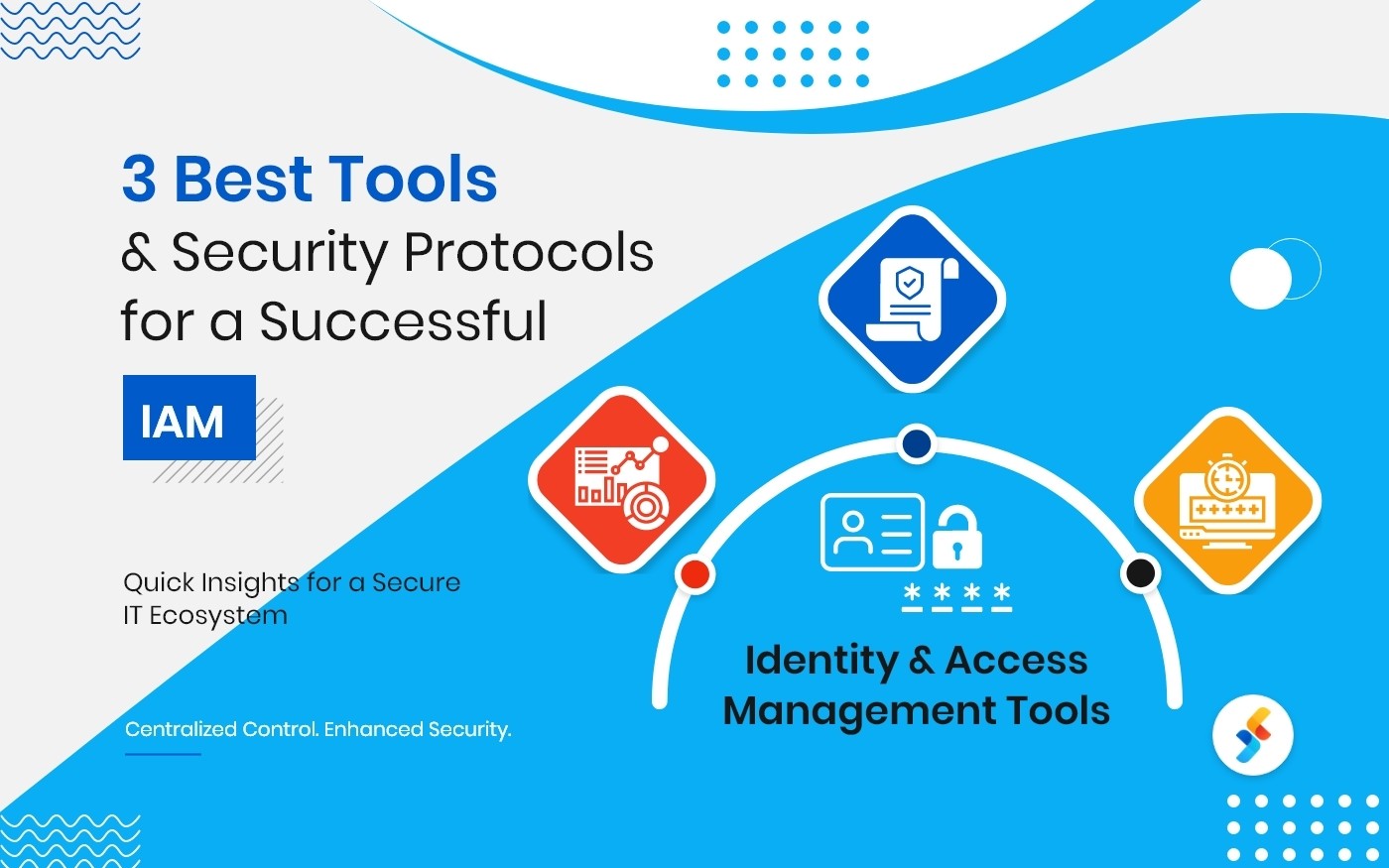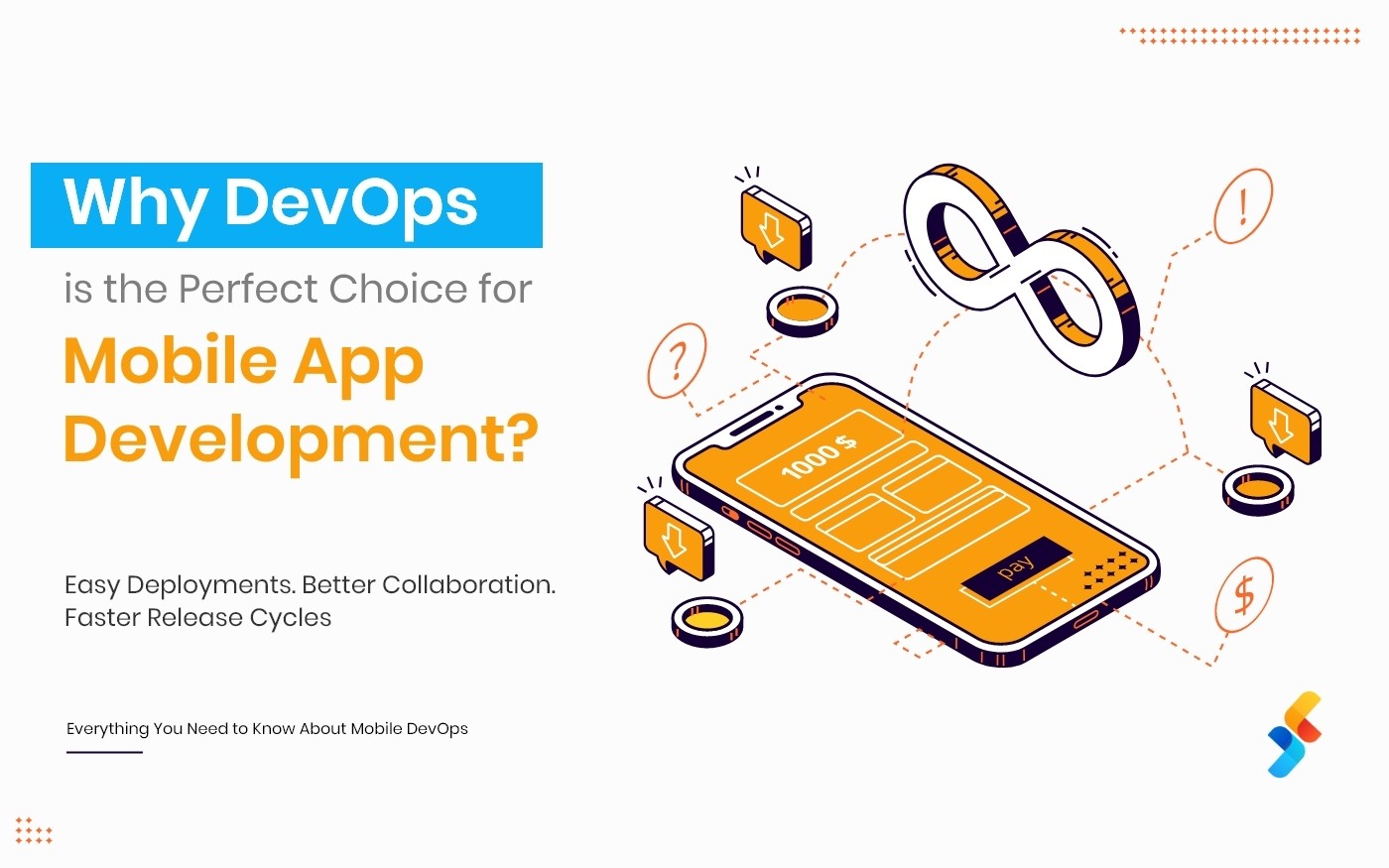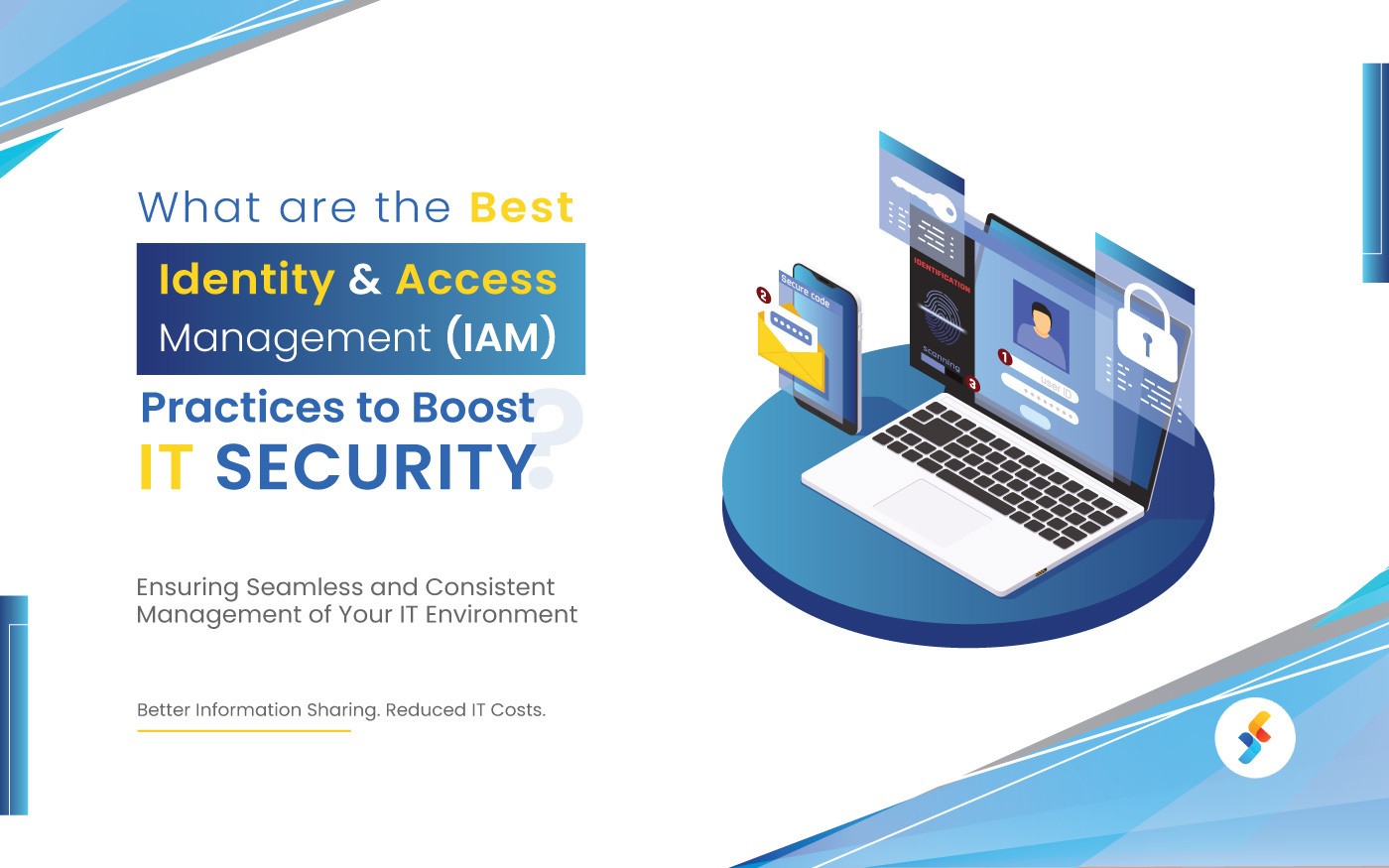According to research, 98% of the organizations will entirely adopt multicloud architecture by 2023. The reason is multicloud utilizes two or more cloud computing services including any blend of private, public, and hybrid cloud. Besides, multicloud management requires skilled expertise or service providers which is why 45% of the IT leaders indicated a deficiency of in-house talent that can manage the multicloud environment.
Nowadays, businesses require an extremely unique and innovative digital transformation approach that goes beyond the cloud-native apps and incorporates the migrating legacy ERP (Enterprise Resource Planning) systems to the cloud model.
Strategies for Effectively Managing Business Apps in the Cloud Environment
- Stay Flexible: Matching the right cloud vendor to the right workload is considered as the most strategic approach towards effective management of the enterprise apps.
- Consolidate Views: It allows you to view the complete app performance across the multicloud model on a single view. 70% of IT leaders believe that consolidated views boost efficiency and productivity while reducing IT operational costs.
- Consolidate Management: This approach enhances the communication between various business functions and reduces cost by depreciating the headcount and consolidating the systems and process. 68% of the IT leaders say that a single vendor managing multiple clouds reduces the complexity and streamlines the process.
45% of the IT leaders cited the capability to match up certain workloads to the suitable cloud vendors as a huge advantage of smoothly running the business applications in multicloud environments.
The optimization strategies bring various other benefits that include:
- Scalability: The key advantage of the multicloud model is its potential to scale efficiently. It allows businesses to scale the workloads into the cloud models best suitable for specific operations and tasks.
- Economical: Public clouds provide basic profits such as just spending on the required computing power and offloading the IT infrastructural prices. Dividing workloads to cloud vendors depending upon their corresponding strengths can provide additional capabilities.
- Versatility: Nowadays, IT leaders are highly concerned about vendor lock-in, in case they are dependent on a single cloud provider. This single-vendor approach can bring certain disruptions and inefficiencies if any change/variation in cloud providers is required. This can be prevented by distributing the business workloads across various cloud vendors. It will eventually minimize the uncertainties and limitations faced during the vendor lock-ins.
- High Security: If all the resources powering your business are store on the cloud model, a DDoS (Distributed Denial of Service) security threat/attack can affect your data and can cause huge financial losses. In a multicloud model, whenever one cloud gets down/turned off, other remains online to take the entire load until your services resume. Hence, it makes your company’s services highly secure and flexible against such malicious activities and attacks.
The Bottom Line
A Multi-cloud environment allows enterprises to create the best and effective cloud solution for their business operations. The best cloud application development company will help in boosting the enterprise applications to effectively mine data, deliver new apps and services, and elevate the competitive advantages in today’s digital economy.












